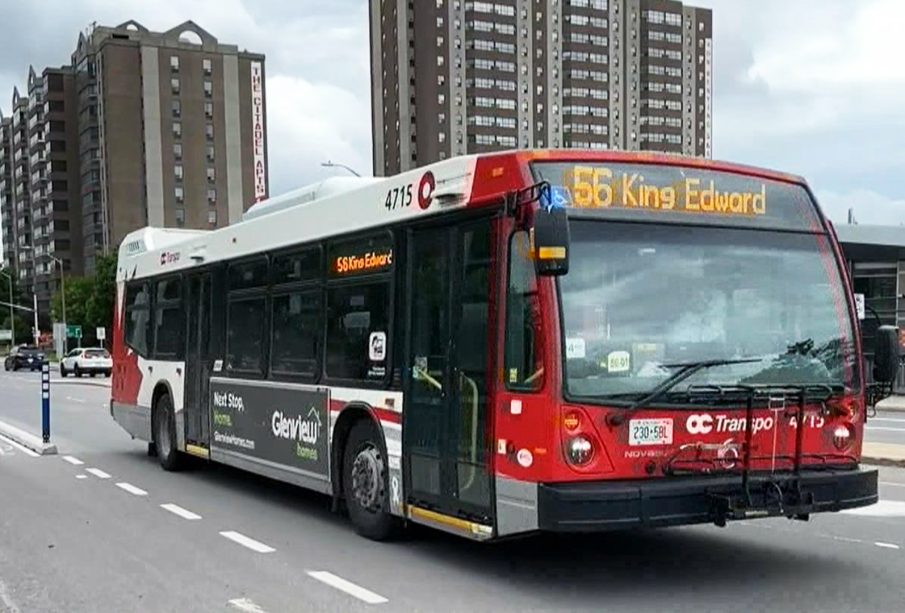Understanding OC Transpo: Ottawa’s Public Transit System

Introduction
OC Transpo plays a vital role in Ottawa’s public transportation network, providing essential services that connect residents and visitors to various parts of the city. As a reliable and cost-effective means of transport, OC Transpo not only eases traffic congestion but also promotes sustainable travel options. With recent developments and expansions, its importance in the daily lives of Ottawa citizens remains significant.
Recent Developments
In recent months, OC Transpo has been undergoing various enhancements to improve efficiency and service quality. Notably, the introduction of electric buses is a significant step toward reducing carbon emissions and fostering a sustainable transit environment. As of October 2023, OC Transpo has integrated 20 electric buses into its fleet, with plans to increase that number in the coming years.
Moreover, the launch of the new bus routes aimed at underserved communities reflects OC Transpo’s commitment to inclusiveness and accessibility. These routes are designed to provide better connectivity to areas that have long been isolated from regular bus services. This initiative not only benefits residents but also encourages more individuals to utilize public transit.
Service Adjustments and Response
The transit agency has faced challenges with ridership levels post-pandemic, with statistics indicating recovery but not yet reaching pre-COVID figures. In light of this, OC Transpo has adjusted its service frequency on routes with lower demand, ensuring operational efficiency while maintaining essential services. In October 2023, a report indicated that ridership had recovered to approximately 75% of pre-pandemic levels, reflecting a gradual return to normalcy.
Community Impact
Through its initiatives, OC Transpo not only addresses transportation needs but also contributes to the economic vitality of Ottawa. Increased accessibility means more people can engage with local businesses, attend events, and participate in community activities. Furthermore, enhancements in service provide students and workers with reliable transportation options, facilitating education and employment opportunities.
Conclusion
As OC Transpo continues to adapt to the evolving needs of the community, its role in promoting sustainable development and enhancing mobility remains crucial. Future plans include the expansion of rapid transit services and further investment in green technologies. Such steps are expected to significantly improve user experience while aligning with Ottawa’s broader goals of sustainability and urban development. For residents and visitors alike, OC Transpo is more than just a transit system; it is a gateway to the vibrant life of Ottawa.









